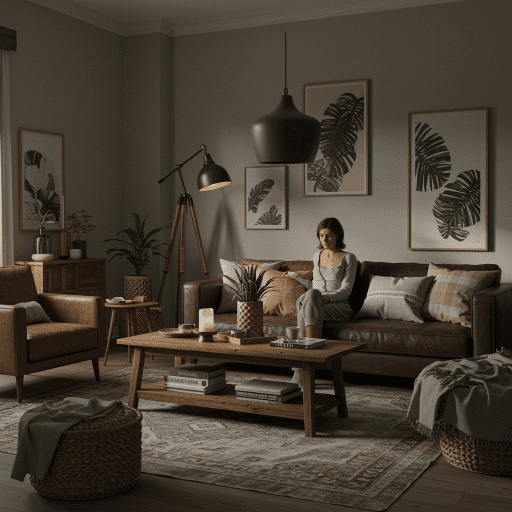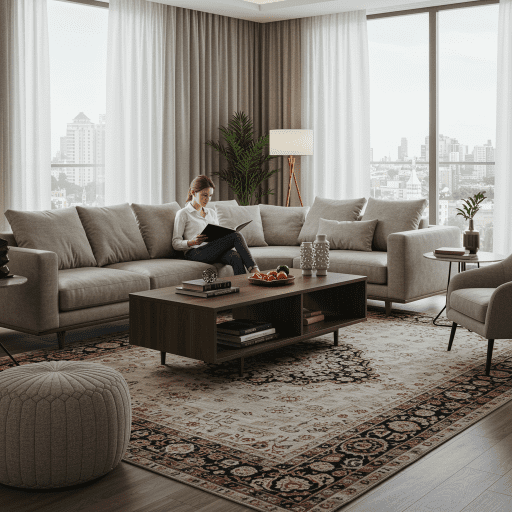Furniture plays a crucial role in interior design, as it not only adds functionality but also enhances the overall aesthetic of a space. The right furniture can transform a room into a stylish and inviting haven. However, choosing the perfect furniture requires careful consideration and a thoughtful approach. In this article, we will explore the art of selecting furniture that not only suits your style but also enhances your space.

Understanding Your Space
Before embarking on your furniture selection journey, it's essential to understand your space. Assess the size and layout of the room to determine what furniture will fit comfortably and make the best use of the available space. Consider the purpose and function of the room as well as any existing design elements or architectural features that you want to complement.

Defining Your Style
Every individual has their unique style preference, and your furniture should reflect that. Explore different interior design styles, such as modern, traditional, contemporary, or rustic, to identify which resonates with you the most. Consider your personal preferences, lifestyle, and the mood you want to create in the space. Understanding your style will guide you in selecting furniture that aligns with your vision.

Setting a Budget
Before diving into furniture shopping, it's crucial to establish a realistic budget. Determine how much you are willing to spend on furniture and allocate your funds accordingly. Prioritize essential pieces based on your needs and preferences, but also leave room for optional items or accessories. Don't fret if you have a limited budget; there are numerous ways to find affordable furniture options without compromising on quality or style.

Furniture Selection Process
Start your furniture selection process by researching and gathering inspiration. Browse magazines, websites, and social media platforms for design ideas and furniture trends. Create a checklist of furniture items you need based on the function and requirements of the room. Explore various sources for furniture shopping, including local stores, online retailers, and even second-hand or vintage furniture markets.

Evaluating Quality and Durability
Investing in quality furniture ensures longevity and durability. Understand different materials and construction methods used in furniture production. Look for sturdy craftsmanship and finishes that can withstand daily use. Consider maintenance requirements and opt for materials that are easy to clean and maintain.

Finding the Right Fit
When selecting furniture, it's crucial to find the right fit for your space. Measure the available area and consider proportions when choosing furniture pieces. Oversized furniture can make a small room feel cramped, while undersized furniture can make a large room appear empty. Additionally, arrange furniture in a way that promotes functionality and flow within the space.

Balancing Style and Comfort
Striking a balance between style and comfort is essential when choosing furniture. Select pieces that not only align with your design scheme but also provide comfort and functionality. Remember, furniture should be both aesthetically pleasing and enjoyable to use. Test out furniture for comfort and usability before making a purchase.

Mixing and Matching
Don't be afraid to mix different furniture styles to create a unique and visually interesting space. Contrasting elements can add depth and character to your room. Use accessories and accents to tie the furniture together and create a cohesive look.

Final Considerations and Tips
Before finalizing your furniture selection, consider delivery and installation logistics. Check return policies and warranties to ensure you have recourse if any issues arise. If needed, consult with an interior designer or seek professional advice to ensure you make the best choices for your space.